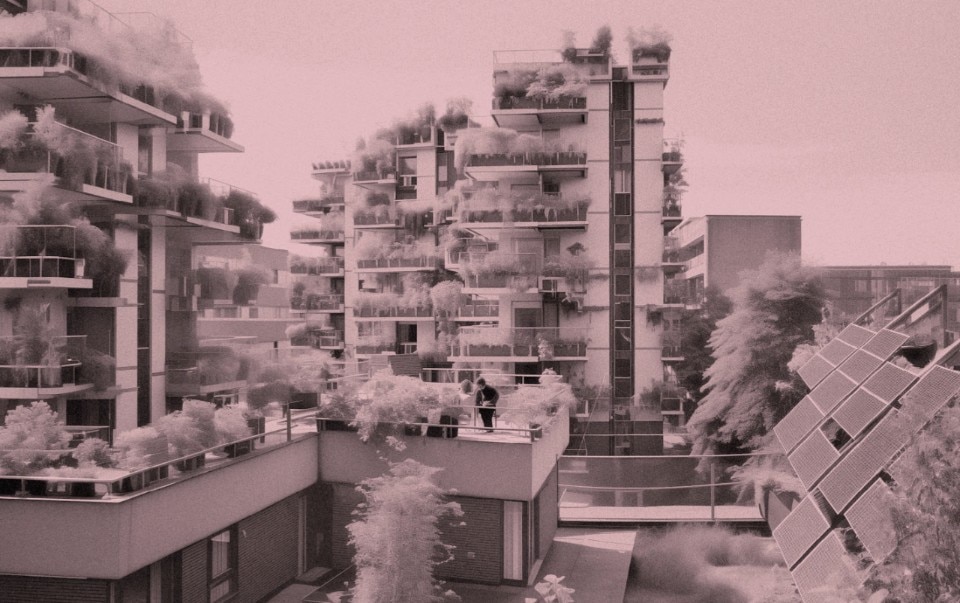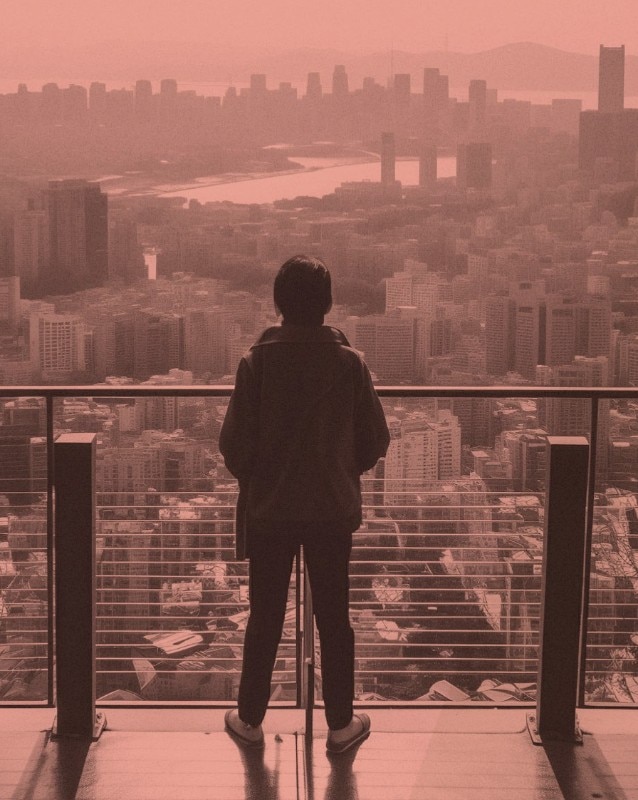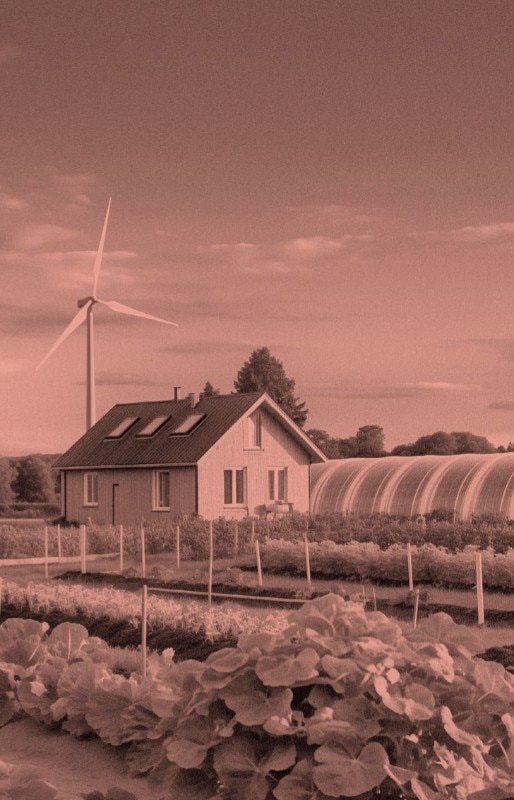In the latest Life at Home Report, Ikea reflects on the relationship between the past, present, and future of living. The report, based on a ten-year-long data collection and a survey of 37,428 people in 38 countries, aims to celebrate the time and domestic space, moving from practical details to the emotional landscape in which we live. Ikea wonders about the fate of the home in a world undergoing rapid and unpredictable evolution.
The report states: “The difficult reality is that the road ahead is sure to be bumpy. We know that the climate crisis will continue to grow in scale and intensity, and it will impact all aspects of life – including where and how we live at home”.

In response to the current state of permacrisis, what interests the Swedish brand, besides identifying the main activities people perform in their living spaces, is understanding how they feel. In 2022, during Milan Design Week, three houses came to life to offer a snapshot of today’s society: a young couple; a foreign mother with a child born in Milan; and a young startup entrepreneur eager to seize opportunities in a dynamic city like Milan. This time, IKEA imagined three different scenarios inhabited by three different characters but went further, looking into the future of the next ten years and developing these stories through the projection capabilities of Artificial Intelligence. Each of the three stories stemmed from a question.
The first story explores the idea of having multiple homes to help people foster resilience and nurture themselves. Jin, living in a luxury capsule in the center of Seoul, uses this temporary accommodation after climate reports suggested a temporary evacuation from low-lying areas. He plans to organize a graduation party in the building's meeting room, with guests present both physically and remotely. Jin also plans a trip with the help of a personalized AI consultant, which can check visa requirements and other border crossings, even dealing with extreme weather events. Jin uses an earpiece that “can access virtual environments that emotionally facilitate the travel experience”. In a few months, he is starting a new job in the experience design sector, and his company’s cohabitation program will allow him to stay in capsules worldwide.

The second story reflects on how homes can foster our sense of identity and togetherness without alienating distinct communities from one another. Angela, living in a women-only housing cluster in Massachusetts, USA, aims for total self-sufficiency. They have designed a central workspace, called the “She Shed”, where they can repair any object. In the She Shed, continuous knowledge and experience exchange takes place. Angela, who attended a technical school, will teach others how to weld, while Patricia is learning to administer emergency medical treatments to strengthen the group and cope more effectively with climate change. Angela and Patricia also make eco-friendly choices in interior design, opting for sustainable solutions like bio-solar wallpaper that uses algae to generate electricity from sunlight, inspired by patterns from the 2000s.

The third and final scenario starts with the question: “How might our relationship with technology and nature allow us to live with a more regenerative mindset?”. Jamie, an elementary school teacher who identifies as queer, lives with two partners in a town north of Uppsala, Sweden. To lighten domestic management work, kitchen surfaces and all floors are self-cleaning. Meal and grocery planning are entrusted to a cloud. Every day, Jamie downloads a report from Gaia, the house's internal AI system that monitors energy usage and overall well-being. Analyzing weather and health forecast data, Gaia provides various advice, such as turning on the house's turbines to harness wind energy or playing music to manage anxiety peaks effectively. The family 3D prints their furniture using a mushroom compound as material and, when unable to move, spends time with friends and relatives during virtual Sunday lunches and online meetings for children. But Jamie also likes to distance from technology by working on the adjacent land, reconnecting with the earth.

The homes imagined for these three scenarios support their inhabitants both pragmatically and emotionally, enhancing the quality of their lives through discreet and extremely useful technology aimed at meeting their needs. While on the one hand, these scenarios evoke a sense of strangeness, on the other hand, they also appear reassuring. Ultimately, imagining and finding answers to the urgent questions of the future is precisely what design should do.
The cover image is AI-generated and is courtesy of IKEA.


